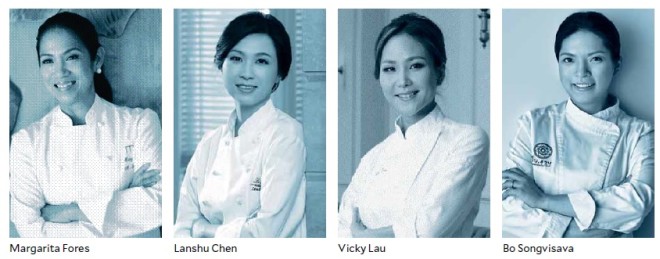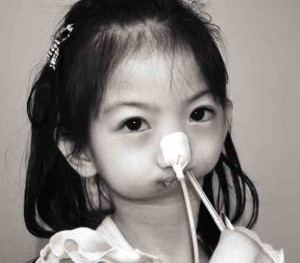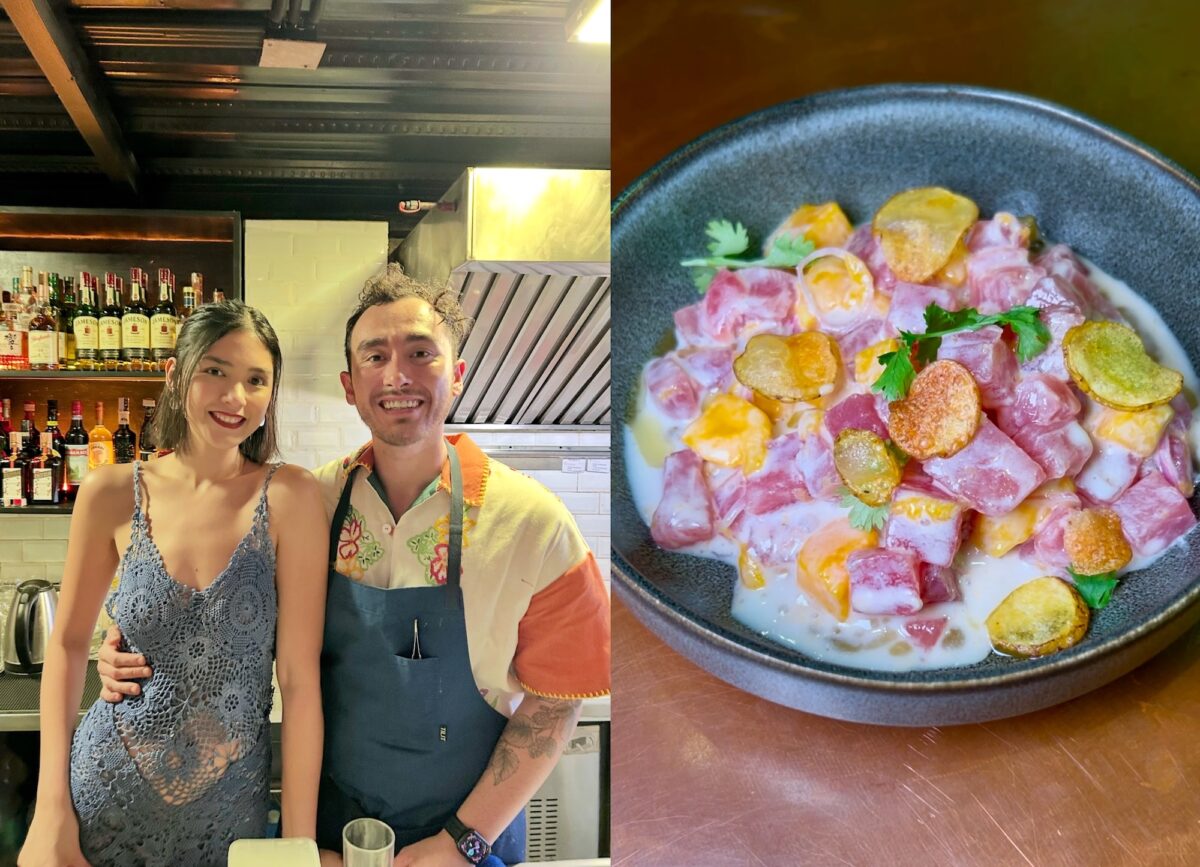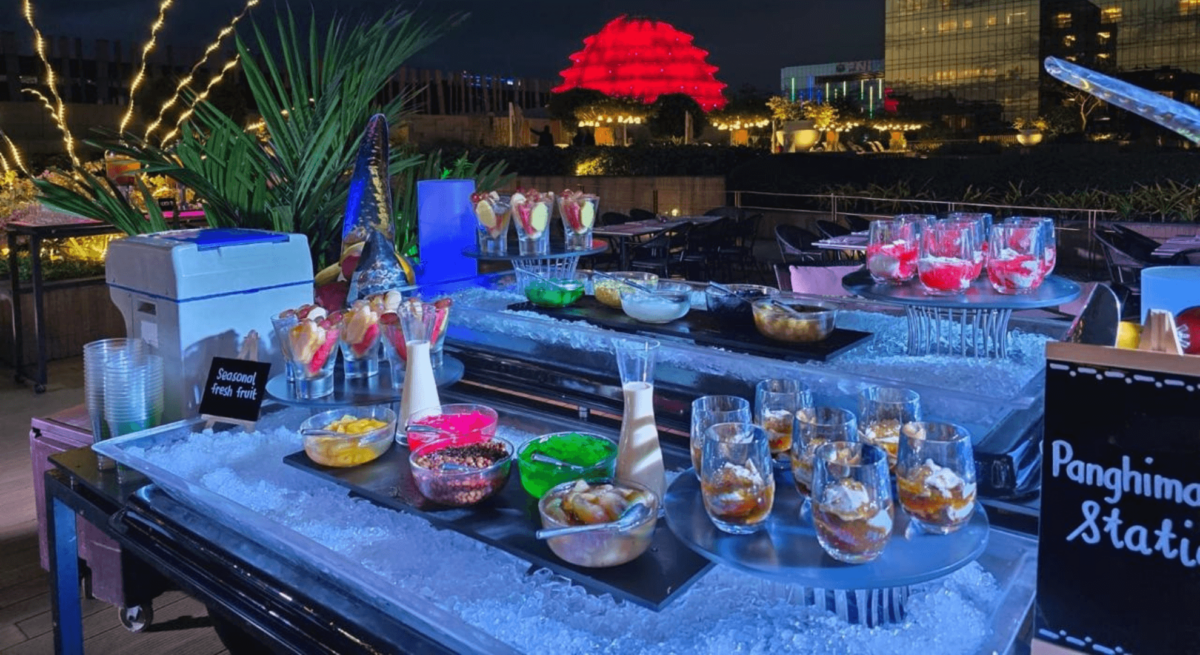
“We are working so that all 5 million disabled children get the services, wherever they are and whatever their financial status,” said Lotta Sylwander, Unicef’s representative in the Philippines.
“The one-stop facilities that we will create are models that will hopefully be replicated in all regions in the country. With the benefit packages we are developing with PhilHealth, everyone, regardless of financial ability, will be able to afford services in the facility nearest to them.”
The first center at the Philippine General Hospital in Manila is already being developed. Three other centers are planned in Luzon, Visayas and Mindanao.
The fundraiser on March 4 will be centered on the theme “Dreams,” with the ballroom transformed into a scene out of a fairytale with trees, clouds, balloons and forest-inspired table centerpieces. There will also be a photo exhibit by the Camera Club of the Philippines, a one-of-a-kind Lego display, a live auction and musical performances.
The presence of Lego at the children’s ball is due to the active participation of Patrick Pesengco, president of LAJ Marketing Philippines, the exclusive distributor of Lego in the country. Since 2005, he has also been active with Unicef as a Champion for Children.
“We are blessed that my family and our company, LAJ-Lego Philippines, can shoulder the costs of mounting the Children’s Ball,” he said. “Aside from this, our Lego Concept Stores are running sales campaigns to contribute to this project.”
Tasting menu
The highlight of the evening’s festivities will be the four-course tasting menu created by four Asia’s Best Female Chefs, including last year’s winner from the Philippines, Margarita Fores of Grace Park. She will be joined by Vicky Lau of Hong Kong’s Tate Dining Room and Bar, Taiwan’s Lanshu Chen of Le Moût Restaurant, and Thailand’s Bo Songvisava of Bo.lan.
Asia’s Best Female Chef Award is part of the Asia’s 50 Best Restaurants. Launched in 2013, the list was created by the Diners Club Asia’s 50 Best Restaurants Academy, an influential group of over 300 leaders in the restaurant industry across Asia, each selected for their expert opinion on Asia’s restaurant scene.
Chefs Songvisava and Chen shared with Inquirer Lifestyle their reasons for participating, and the dishes they would be preparing.
“Kids drew me to this project; I have given up on adults, but kids will shape the future of this planet,” Songvisava quipped.

For the ball, she is preparing crispy rice cracker with caramelized minced pork and prawn wrapped in pickled mustard leaf (canapé), and sticky rice dumpling with prawn and coconut, grilled chicken paneang and seafood pancake (appetizer).
She said the canapé was reminiscent of what she would often eat as a child when she went to the market with her parents. “I can still hear the crunch as I bite into the rice cracker. It’s slightly sweet, salty and nutty with a touch of tartness from the pickled leaves. It is one of the many dishes that introduced me to the balance of flavor and texture of Thai food.”
Chef Chen immediately confirmed her participation in the one-night-only event when she received the invitation. “I love children and I always want to do something for them,” she said.
The chef is in charge of the main course that evening, Wagyu beef with mustard greens and rice essence. “Rice and congee are indispensable for my family meal. For this main course, I use rice to make a special sauce.”
She cooks the congee for three hours, and skims and uses only the top layer, which she described as the silkiest and most flavorful part.
“We then mix this rice essence with fermented mustard green leaves, which are pungent and have a very green taste. This interesting sauce brings a good contrast to the fatty Wagyu beef,” she said.
Each plate for the Unicef Children’s Ball is P15,000, with 100 percent of plate and table sales going directly to funding the national centers.
“Among all institutions, only Unicef has the mandate and capacity to make systemic and sustainable changes. We know that our contribution is well-accounted for, there is transparency, and the results are more far-reaching than if we tried to help on our own,” Pesengco said.
Follow @unicefchildrensball on Facebook and Instagram.













































